India is approximately 11 times the size of New Zealand (my home country) and as of 2008 has 270 times the population. If New Zealand had the population density of India; New Zealand would have a population of approximately 100 million. I think population density goes a long way to explaining the physical appearance and level of poverty in India (which is a real eye-opener). It maybe one of the world’s poorest countries, but it’s surely the world’s richest in terms of culture. Comprised of some 35 states, 1,600 languages (14 major ones), five major religions (Hindu and Islam making up 94%) and 1.25 billion people (2013 estimate) that mightn’t surprise you. My first destination in India was where I flew into, Mumbai, direct from my adventures in Oman.




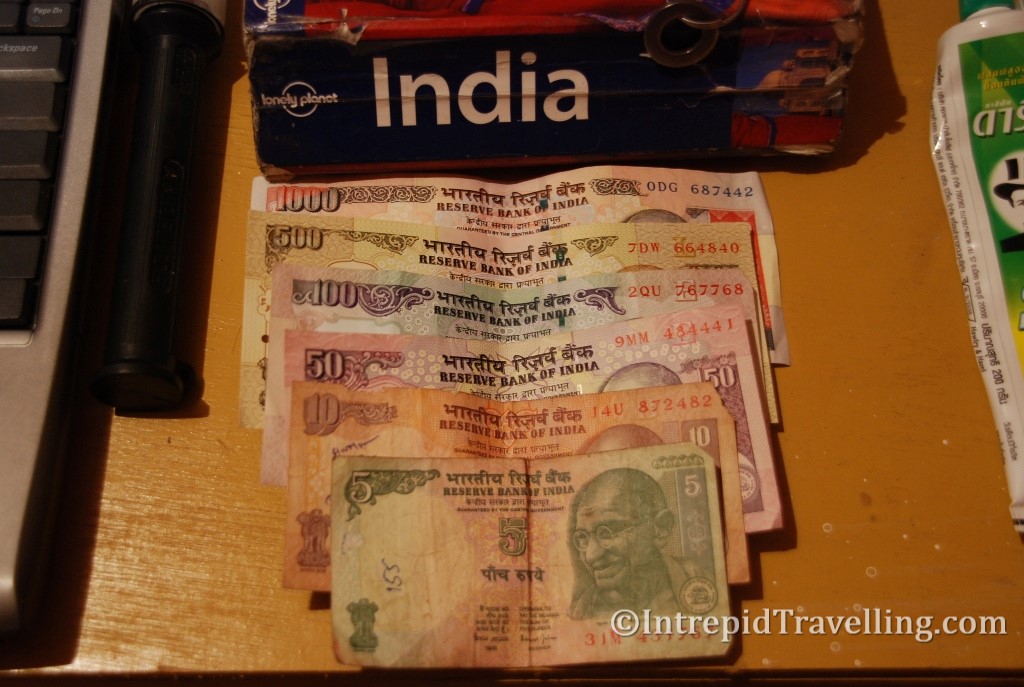




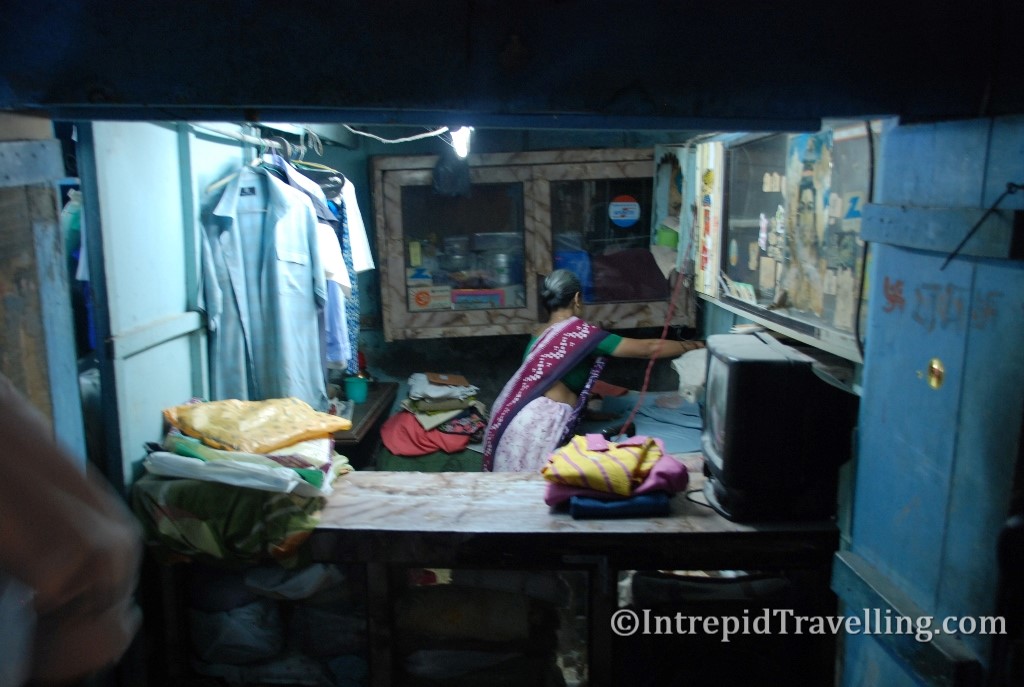


Mumbai
Mumbai is a cosmopolitan city which was formerly known as Bombay during the British rule, and is one of the most populous metropolis in the world with an estimated population of 21 million. It is without question the commercial capital of India with the largest GDP per capita, but also India’s largest slum population, and the center of the globally recognizable Bollywood TV and film industry.
There is no better place to start a tour of India than by first making your way to Mumbai’s Gateway to India (built for King George’s visit); located a stone’s throw from the world famous Taj Mahal Hotel. You can then move on to any of the many magnificent colonial buildings the British built which display some fine examples of Gothic revival, Neo-classical and Indo-Saracenic style within walking distance of the Taj Mahal. The Chhatrapati Shivaji Terminus (Victoria Terminus) building, along with the Taj Mahal, is an excellent example of this type of architecture.
To a westerner, much of India is best described as (to put it nicely) dirty. I would say “filthy” if a little Indian friend of mine in New Zealand wasn’t going to read this. Littering is just a part of life here (so is public urination and spitting), but considering there are no rubbish bins I hardly blame them. I refuse to throw rubbish out the window of the bus or train though; it just doesn't sit well with me.

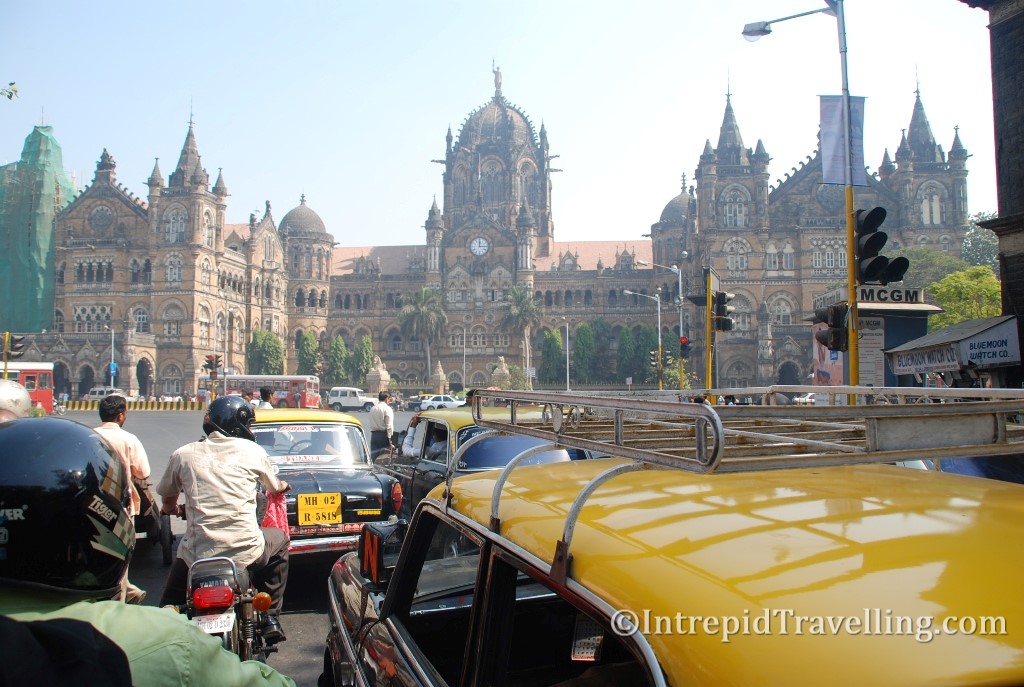



Mumbai has temples, mosques, churches etc of the various religions and represents the diversity of its citizens. The Haji Ali Dargah is one of the most visited places in Mumbai as it is a Islamic place of worship that has been built on a tiny islet located 500 meters from the coast, on the edge of the Arabian Sea. You can get there by foot if you fancy a 2 hour walk from the Gateway of India, taking in the shore of Back Bay before crossing several of Mumbai suburbs. More than 80,000 people visit dargah every week.
A short distance from the Haji Ali Dargah is the Mahalaxmi Dhobighat (Dhobi Ghat) which is the famous outdoor open air Laundromat where workers wash and dry clothes from Mumbai’s hotels and hospitals. This has become a major attraction for travellers visiting Mumbai.





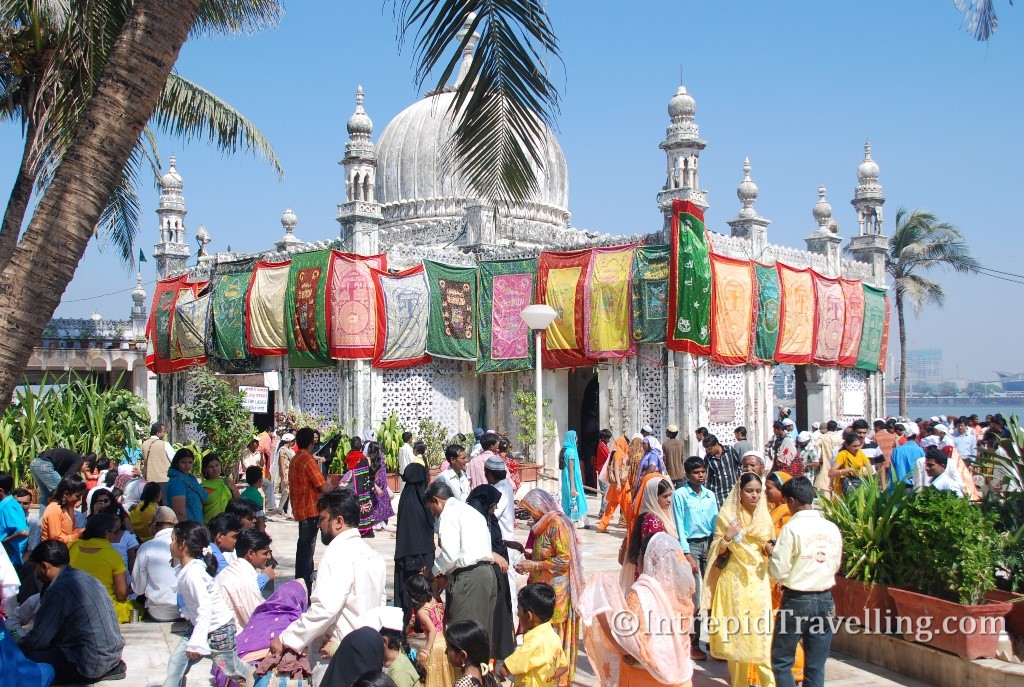




Of course no visit to Mumbai is complete without a day of filming as an extra in a Bollywood movie, there’s a good chance while you explore lower and central Mumbai you’ll be approached and offered to be in a movie, even receiving a small payment for you time. This will likely involve you being picked up the following day and taken to a film set in the suburbs. The group I went with, were involved in a concert scene set in London, unsurprisingly the movie’s title was called ‘London Dreams’– keep an eye out for it!

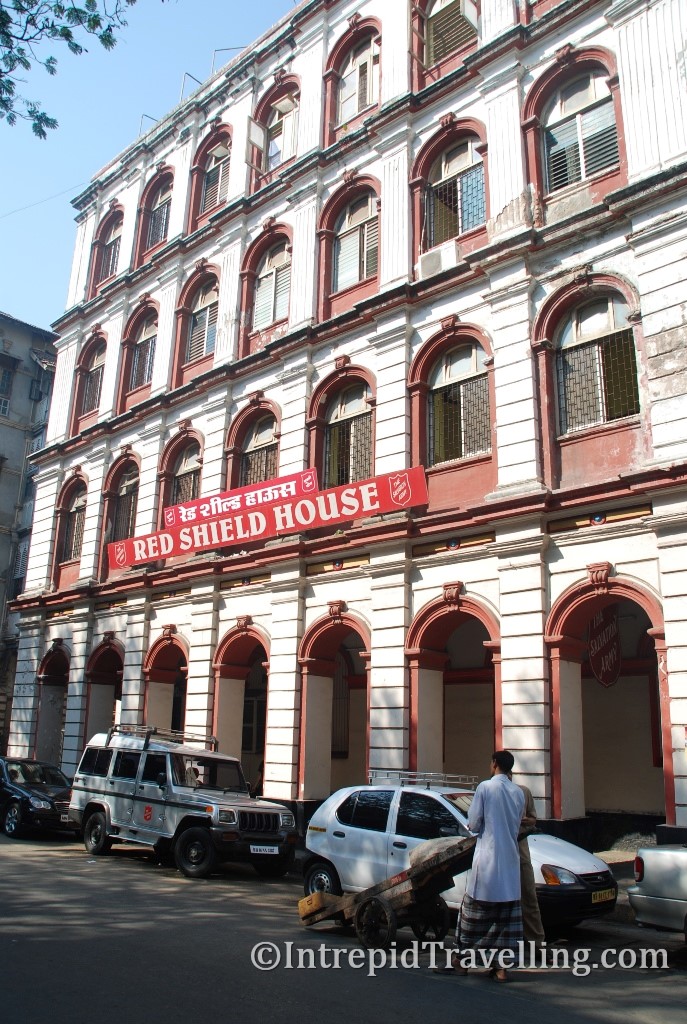


Goa
From Mumbai I would take the sleeper train class to Pernem Railway Station near Arambol Beach, Goa. Arambol is primarily a traditional fishing village, but this stretch of coast along India’s west coast state of Goa, has become a magnet for foreign tourist during the winter months. Further along the beach where I would stay with the Norwegians I was lucky enough to spend time with in Mumbai and the Goa, was Anjuna beach, which I can highly recommend.
There is plenty of affordable beachside accommodation for under USD $10 per night, the beach also hosts an interesting Flea Market too with some very colourful displays.














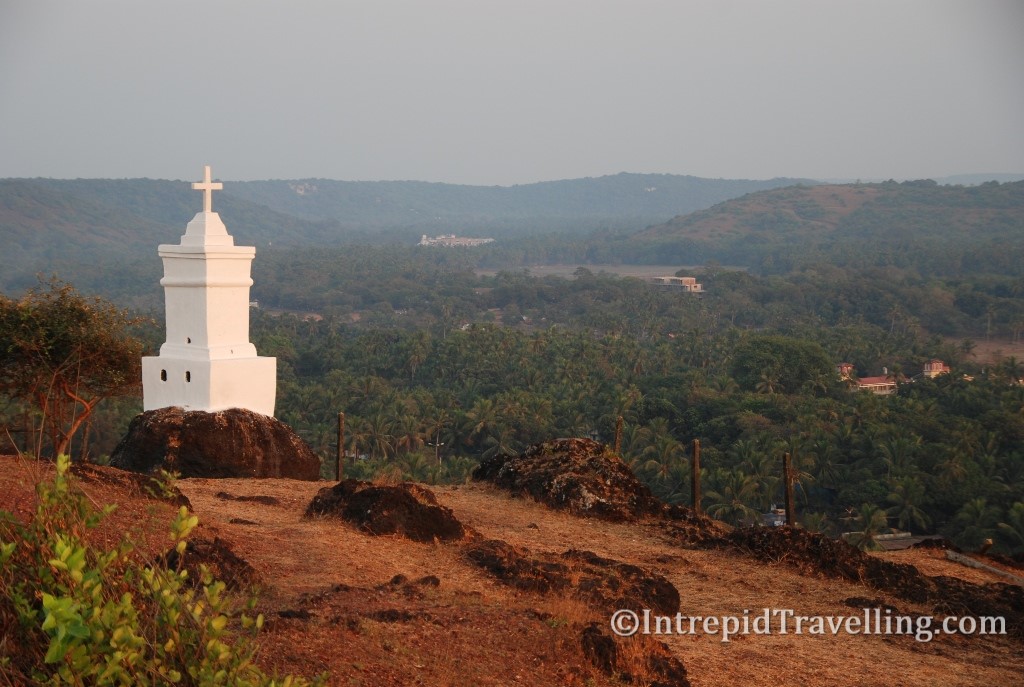
Hampi
Inland from Goa, in the state of Karnataka is the popular attraction of Hampi, in Central South India, which is home to the 600 year old ruins of the Vijayanagar Empire. Hampi is recognized as a World Heritage Site and was one of the largest and richest cities in the world during its peak (less than Beijing but three times more than Paris). I can hardly believe I had never heard of a place with such fantastic and widespread ruins in this incredible setting; National Geographic has betrayed me! How many more are out there still unknown to me?









From Mumbai and the west coast towns of Goa and Hampi I travel further south into India’s Incredible South.




